SEO plays a crucial role in Digital Marketing.
It helps attract more customers and makes your business, services, or products visible to everyone searching for them.
I wrote real-life SEO tips in this guide that helped our blog rank in the top 5 SERPs.
For example: 'Rankatom Review'
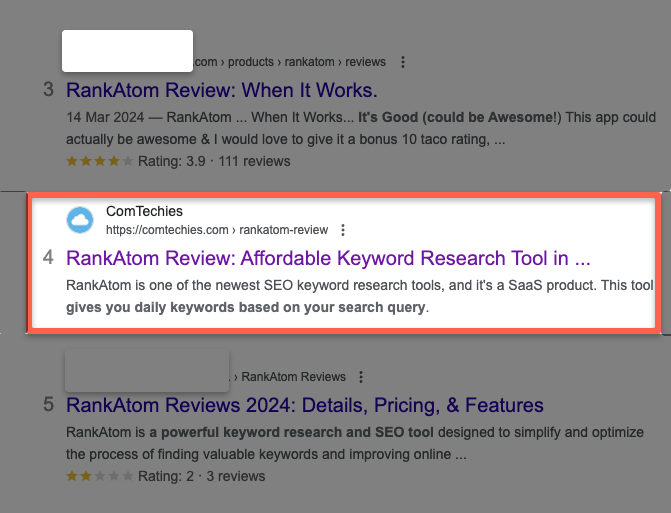
then 'Keyword clustering with Semrush.'
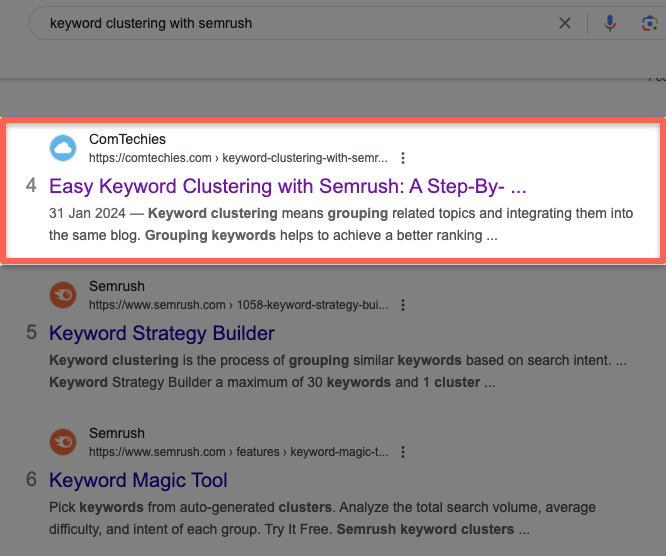
So, if you are a beginner or expert in SEO, these tips will help you to rank in the top 5.
#1. Use Related Keywords in the Right Place
You might know that you should add related or primary keywords in your blog to optimize for SEO.
Don't overuse the primary keyword. Try to insert keywords naturally in the first 100 words; it is enough for Google to understand.
Also, you want to apply your primary keyword;
In the title tag, URL;
Also, as you can see in the image below, My primary keyword is Semrush Coupon, so I inserted my primary keyword in the website URL, title tag, and first 100 words.
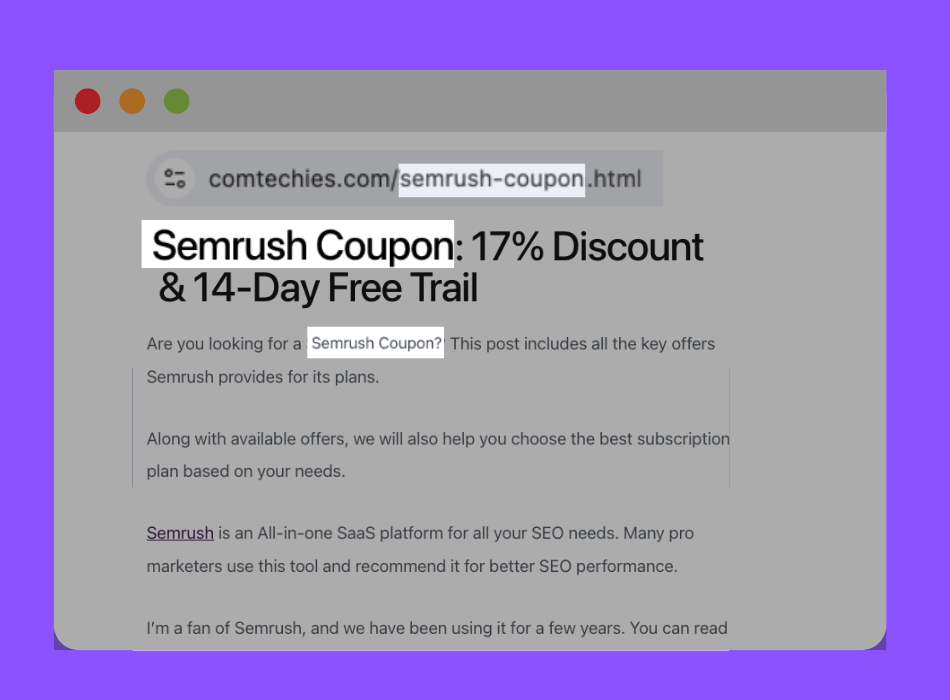
By doing this, Google will understand your blog's real intention, which should be related to your overall content.
#2. Focus On User Intent
Before writing content about a particular topic, you should focus on these main things.
You want to analyze first whether the users are searching for learning or information or to purchase a product, right?
Yeah, based on that, you want to align and write in-depth details about the topic. You should give the user a solution; if you do that, Google will recognize you, and your content has a chance to rank first.
If you answer what the user is searching for, guess what? It will be a win-win.
Now, I may have doubts about what this user intent means.
Let me explain!
There are four types of intent: Informational, Navigational, Commercial, and Transactional.
- Informational: The user tries to find the answer to a specific question and wants to know all information about the topic.
- Navigational: The user is trying to find a specific website or page. They are not seeking information or to buy products.
- Commercial: The user wants to know about a product or service. They research, compare, and read reviews to learn about it before purchasing.
- Transactional: The user has a clear intention to purchase a product.
#3. Optimize For E-E-A-T
One of the major things is to include the E-E-A-T formula in your content.
Google wants high-quality content with experience, Expertise, Authoritativeness, and Trustworthiness.
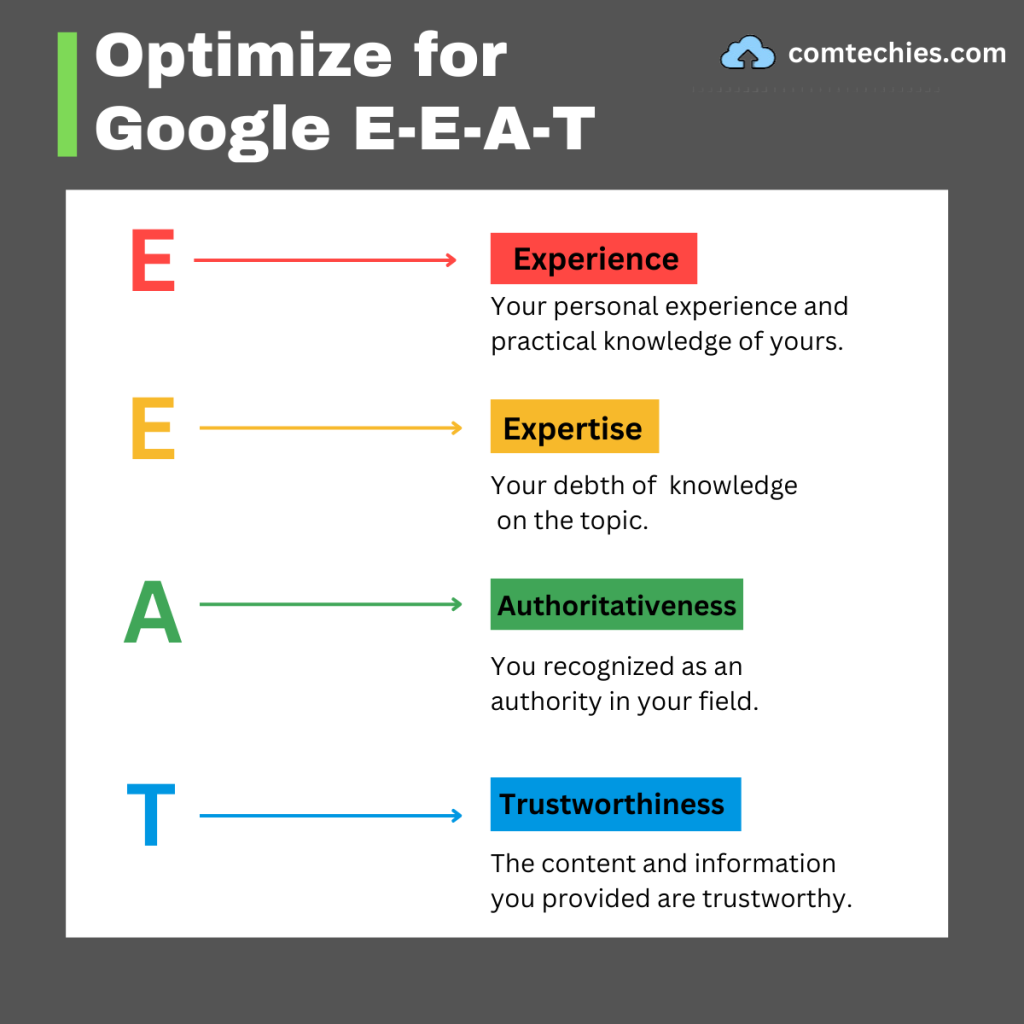
Experience:
Your personal experience and practical knowledge of yours.
For example, if you're writing a blog post about 'how to use Semrush for free,' you should have some experience with this tool and naturally mention it on your blog.
Expertise:
Your depth of knowledge on the topic.
For example, if you're writing a guide on 'How to do keyword research,' you should deeply understand every technique used in the keyword research process.
Authoritativeness:
You are recognized as an authority in your field.
For example, if you're a digital marketer, writing about digital marketing will make you an authoritative person in the community.
So, you will have higher authority than someone who doesn't know about digital marketing.
Trustworthiness:
The content and information you provide should be trustworthy.
For example, if you write an article about 'Trends in Digital Marketing,' use statistics and insight from reputable industry reports.
Verify that the data is recent so that your article is current and relevant and shows your trustworthiness.
#4. Do Keyword Clustering
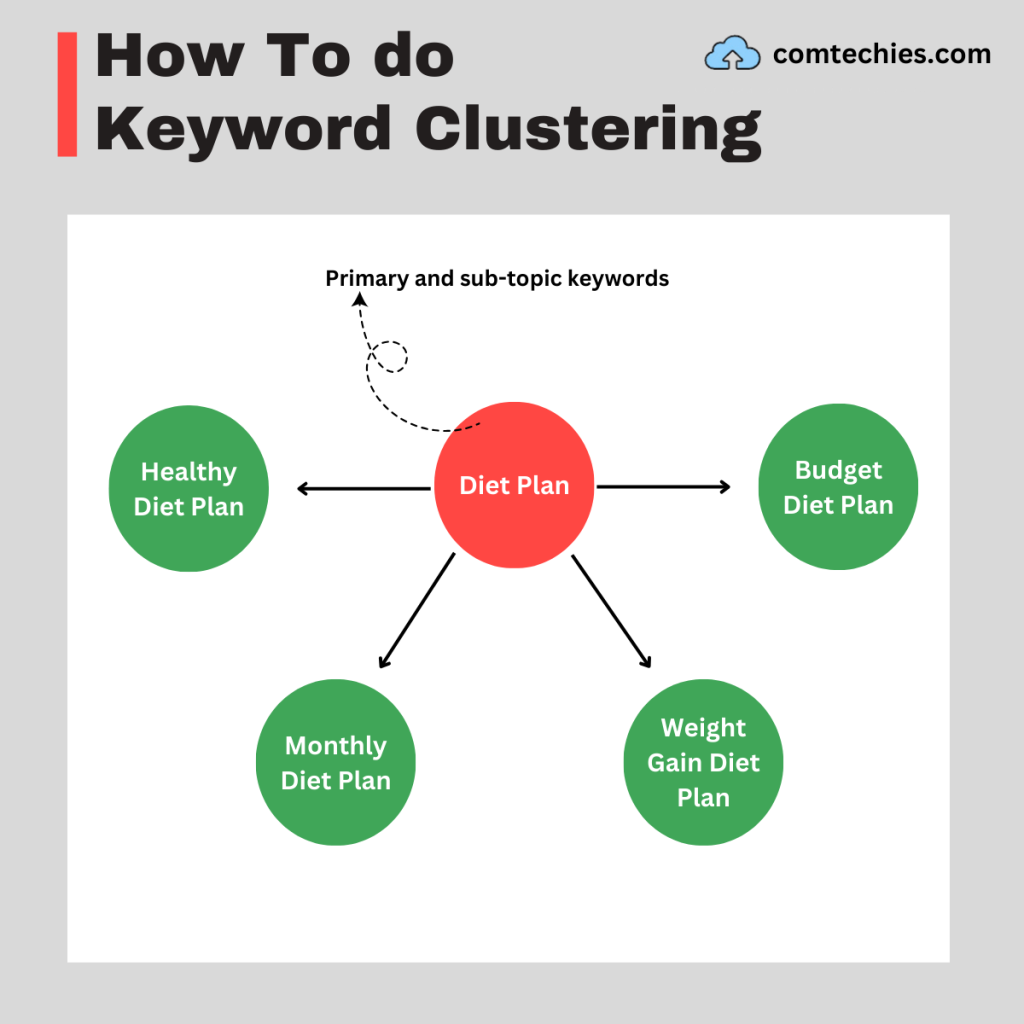
It's one of the easiest concepts to help rank in Google SERPs, grouping related sub-topics and naturally integrating them into a blog.
By doing this, you can gain more traffic from different keywords.
We use this technique in 80% of our blogs. Doing this manually takes more time.
So, now it is easy to cluster it automatically. To help you out, semrush offers a feature to cluster the keywords, Semrush keyword strategy builder.
Here is the full guide on how to do keyword clustering with Semrush.
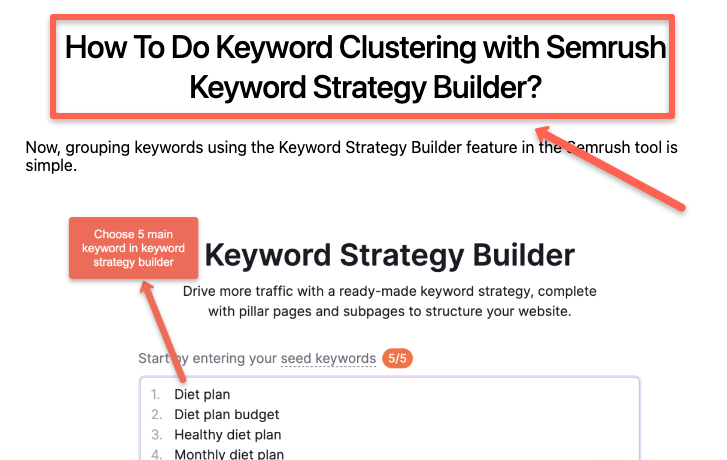
Wait! Here is another tip.
#5. Write Quality Content
What do you mean by quality content?
Quality content should be well-researched, and information about the topic should be in-depth.
The content should answer the user's questions, provide solutions, and add value. It should be considered quality content.
Don't just write for your sake; write for the audience, write uniquely, and help them; then, you can see much more difference.
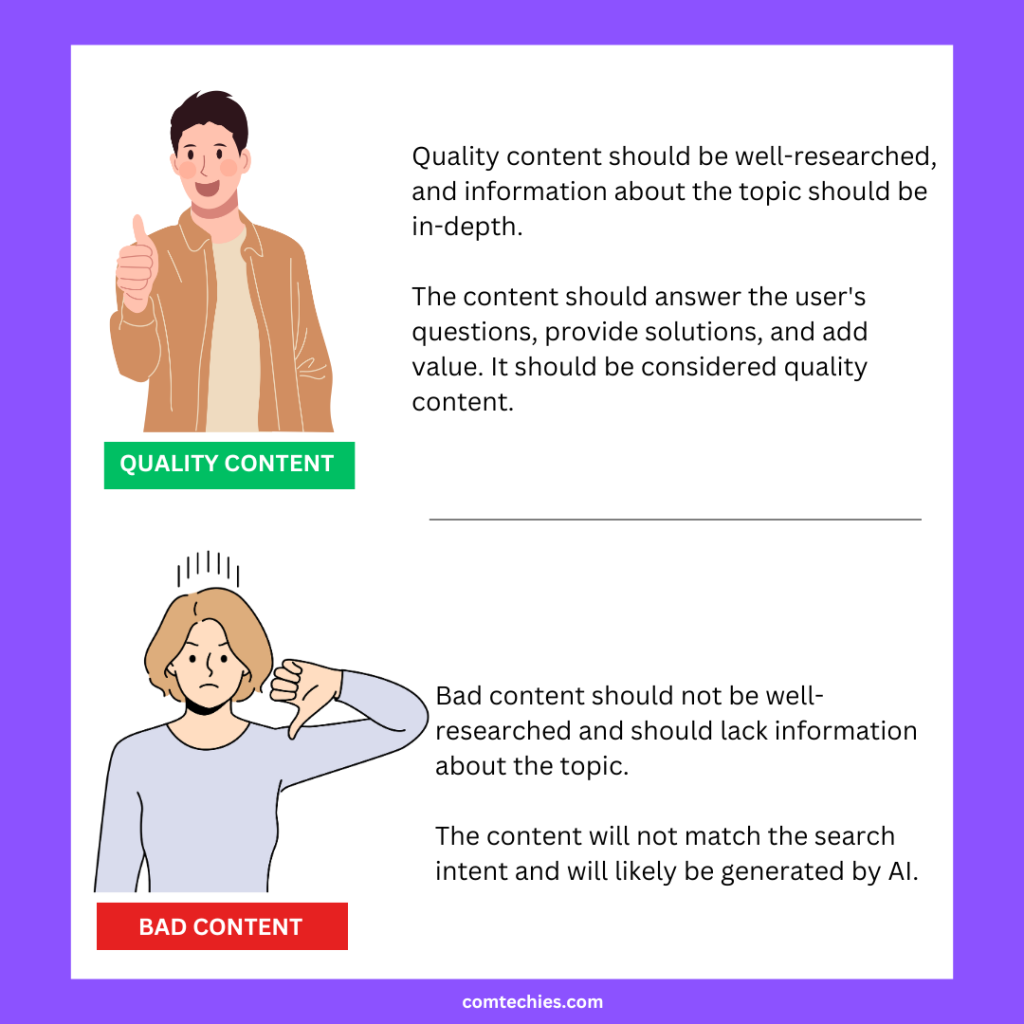
So, avoid writing wrong information, avoiding search intent, and avoiding in-depth information about the topic.
#6. Featured Snippets
You have the question of 'how to rank in the featured snippets.'
The best way to rank in the featured snippets is in the Q&A section.
You want to know what the things that your target audience is searching for are and know their problems.
Then, give answers to their questions to solve their problems.
So, try to include 'Snippet Bait' in the section.
The snippet bait technique allows Google to easily understand and highlight important tips in your content and show them to users.
Here is the detailed study done by Semrush about optimizing for Google featured snippets.
#7. Use Internal and External Links
Using internal and external links will help to make your SEO different and effective.
So, what is internal linking?
Internal linking means linking the pages to other links on your site. This can create a relevant and meaningful structure in your niche.
So, you can give more value to related informational content through internal linking.
Now, what is external linking?
External links are links to the content of related sites. They help provide additional valuable information related to your content and build trust by referencing other sites.
Don't just link to any site or pages; link to the related anchor text and content, which will help the readers and Google understand your context.
#8. Find Google Suggest Keywords
This is a simple method to find keywords and long tail keywords from Google Suggestion.
Here you can see the keywords that users are searching.
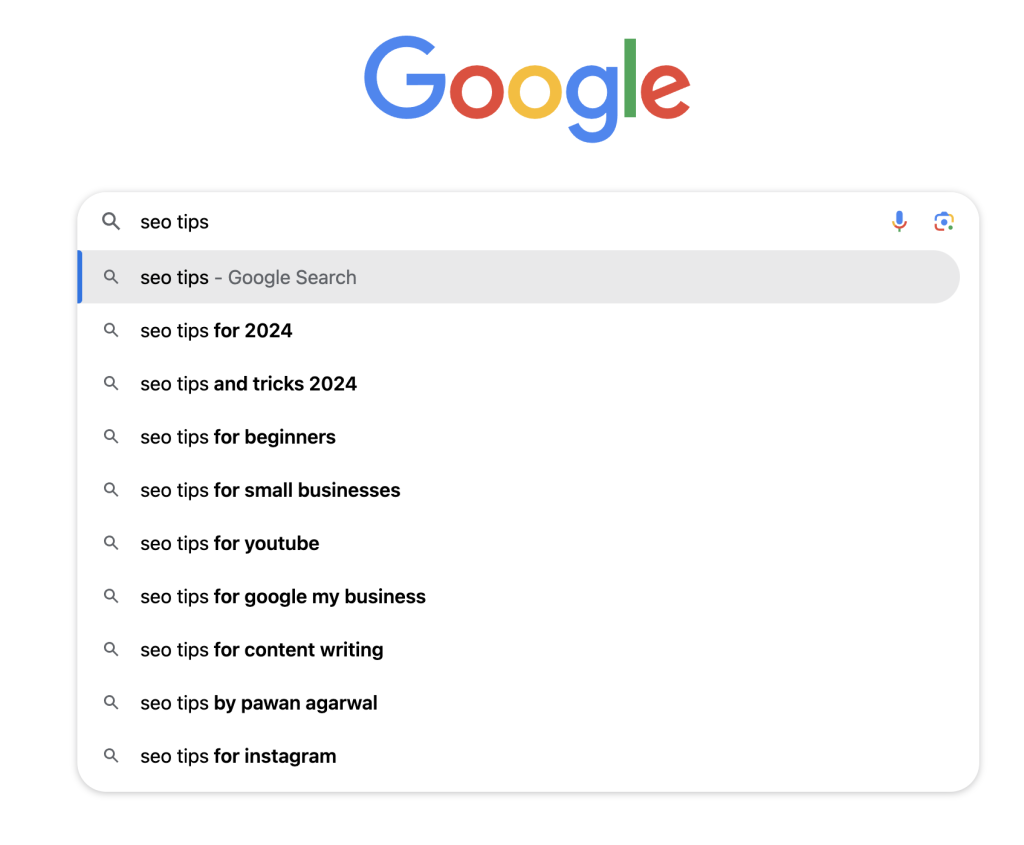
Not only this, you can find this type of keyword ideas in other platforms such as,
YouTube Search,
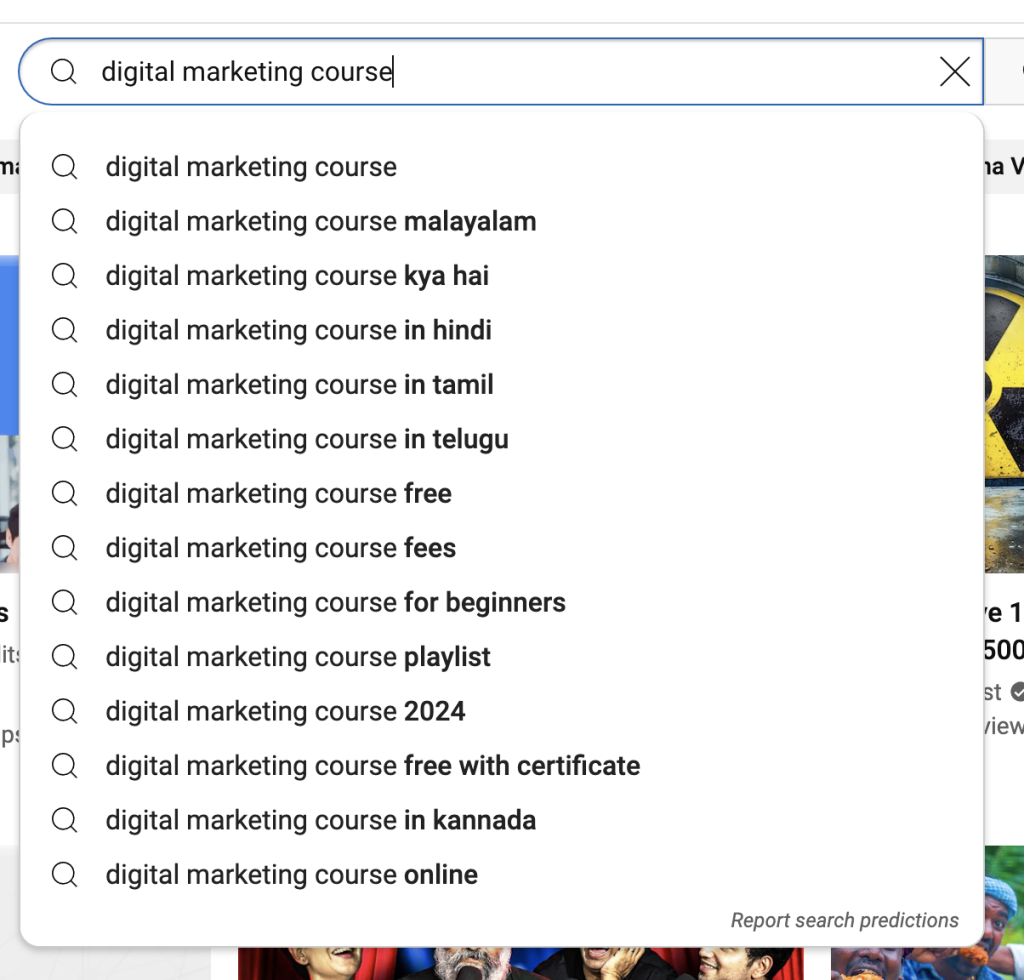
Bing Search,
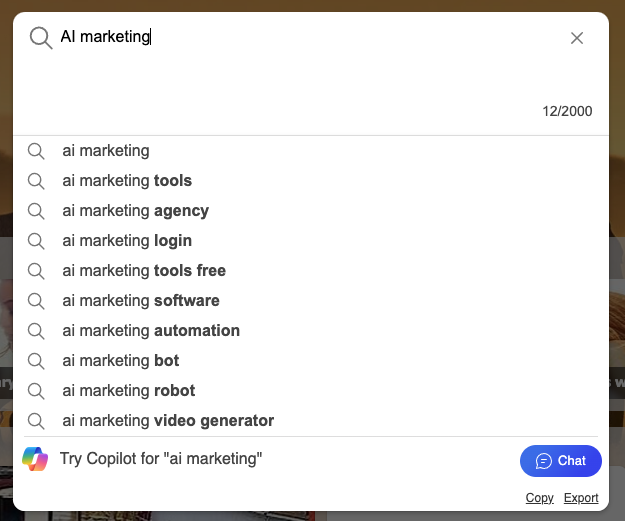
which you can even see on Wikipedia and other platforms.
These are the keywords that users search to know about the topic. Use this technique wisely and provide solutions to users.
Conclusion
In this article, we provide 8 SEO tips that we are using to optimize our content. These tips are based on our real-life experience and also help with ranking.
Now, I want to hear from you.
What tip are you going to implement in your content? Did I miss any tips or strategies?
Let's discuss this further in the comments section.

